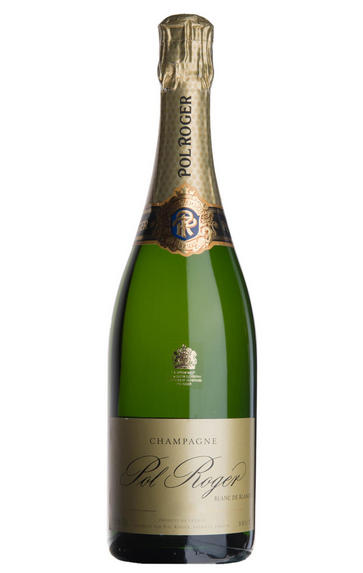
2009 Champagne Pol Roger, Blanc de Blancs, Brut
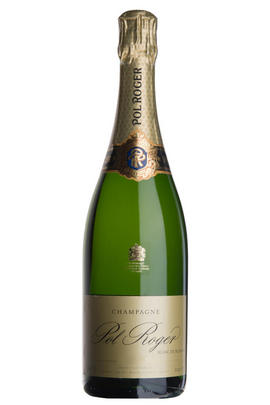
Critics reviews
Stephan Reinhardt - 29/06/2018
Richard Woodard, Decanter. 1st September 2017.
About this WINE
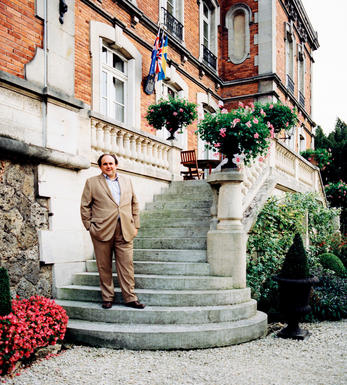
Pol Roger
Pol Roger is perhaps best known as Winston Churchill's favourite Champagne. The house remains family-owned and has a reputation for producing champagnes of finesse and elegance which age very well. Pol Roger Brut Rèserve Non-Vintage, made from equal parts of Chardonnay, Pinot Noir and Pinot Meunier, is consistently one of the very best on the market, largely due to the high proportion of aged reserve wines in the blend.
Pol Roger vintage wines, made from at least 60% Pinot Noir and up to 40% Chardonnay, are soft and fruit-driven in youth but, after ten years or so, develop great complexity and finesse. The Cuvée Sir Winston Churchill, launched in 1984 and made from a secret blend, is a Champagne of exquisite finesse and balance and one that rivals the very best of the region.
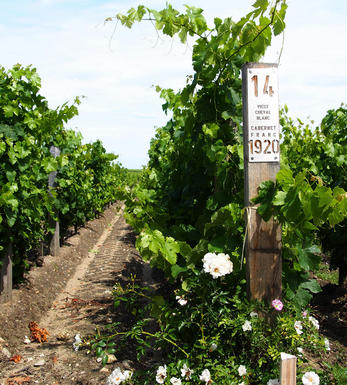
Blanc de Blancs
In Champagne, the term Blanc de Blancs designates Champagnes made only from Chardonnay grapes. The vineyards located between Cramant and Mesnil-sur-Oger in Cote de Blancs yield the best examples of the style.
A classic Blanc de Blancs is restrained and elegant when young, yet with ageing it develops a mouth-coating brioche richness that overlays an intense expression of fruitiness. Blanc de Blancs are endowed with longer ageing potential than a typical Blanc de Noirs.
Recommended Producers: Salon, Billecart Salmon, Jacques Selosse, Dom Ruinart, Krug, Le Mesnil Grand Cru, Guy Larmandier
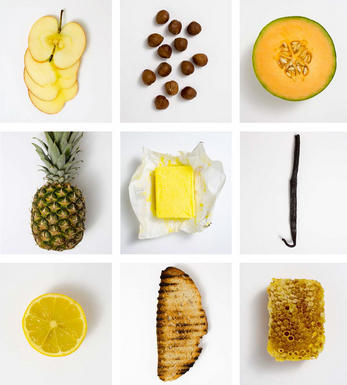
Chardonnay
Chardonnay is often seen as the king of white wine grapes and one of the most widely planted in the world It is suited to a wide variety of soils, though it excels in soils with a high limestone content as found in Champagne, Chablis, and the Côte D`Or.
Burgundy is Chardonnay's spiritual home and the best White Burgundies are dry, rich, honeyed wines with marvellous poise, elegance and balance. They are unquestionably the finest dry white wines in the world. Chardonnay plays a crucial role in the Champagne blend, providing structure and finesse, and is the sole grape in Blanc de Blancs.
It is quantitatively important in California and Australia, is widely planted in Chile and South Africa, and is the second most widely planted grape in New Zealand. In warm climates Chardonnay has a tendency to develop very high sugar levels during the final stages of ripening and this can occur at the expense of acidity. Late picking is a common problem and can result in blowsy and flabby wines that lack structure and definition.
Recently in the New World, we have seen a move towards more elegant, better- balanced and less oak-driven Chardonnays, and this is to be welcomed.


Buying options
Add to wishlist
Description
Richer than the more linear and citric 2008, this is reflective of the warmer growing season. Abundant stone fruit, lemon pith, brioche and a hint on honey on the nose. Generously textured on the palate, with a fine mousse and the requisite seam of acidity keeping everything in check. This is a Pol Blanc de Blancs to enjoy straight off the boat, although I would expect this to gain a little added complexity and nuttiness with some age.
A classic lemon citrus nose complemented by puff pastry a hint of honey and delicate white flowers. The 2009 has a gentle nature and a clean attack that may not have the vibrancy of cooler vintages but offers a creamy flow, nice weight and gentle bubbles to accompany the rhubarb and apple tang in the finish. A great vintage Champagne to get stuck into early, it slips down very easily so no need to wait. Drink 2018 – 2024.
Peter Newton, Private Account Manager.
wine at a glance
Delivery and quality guarantee